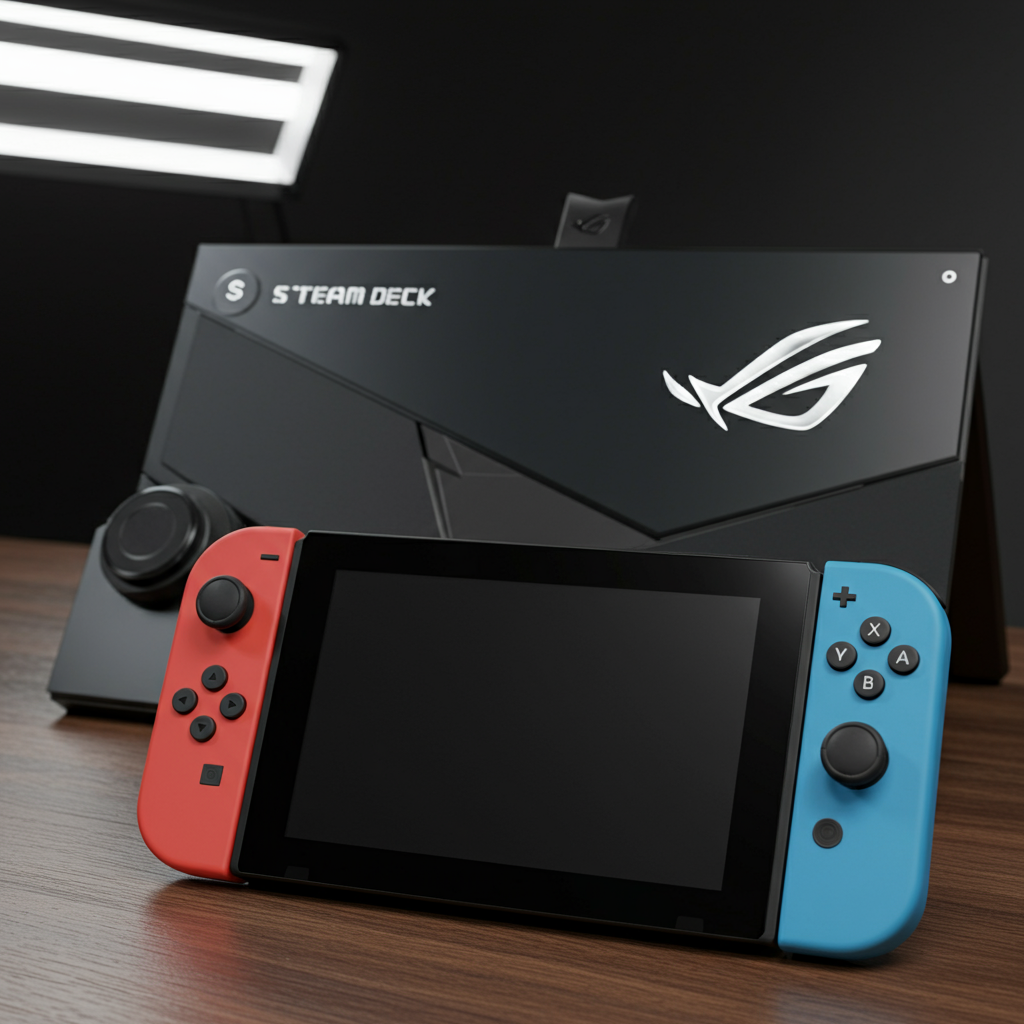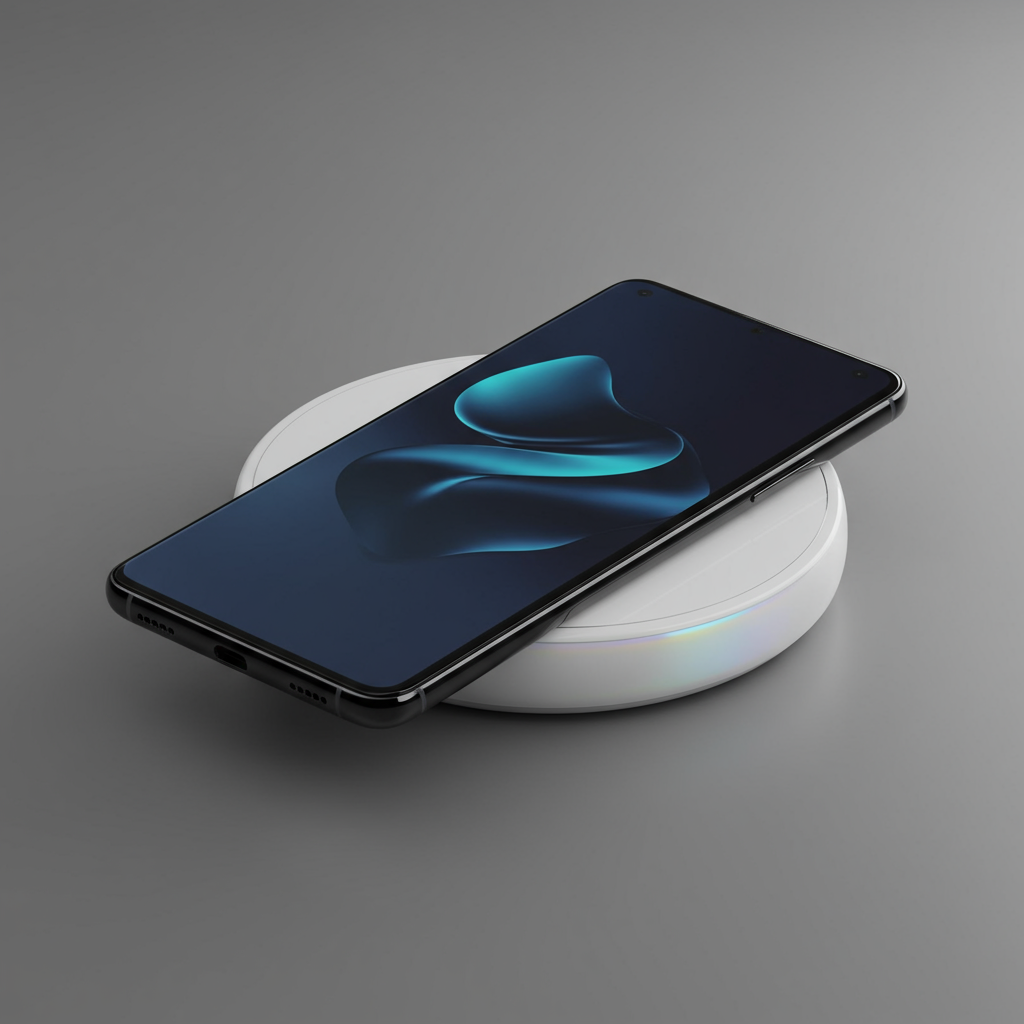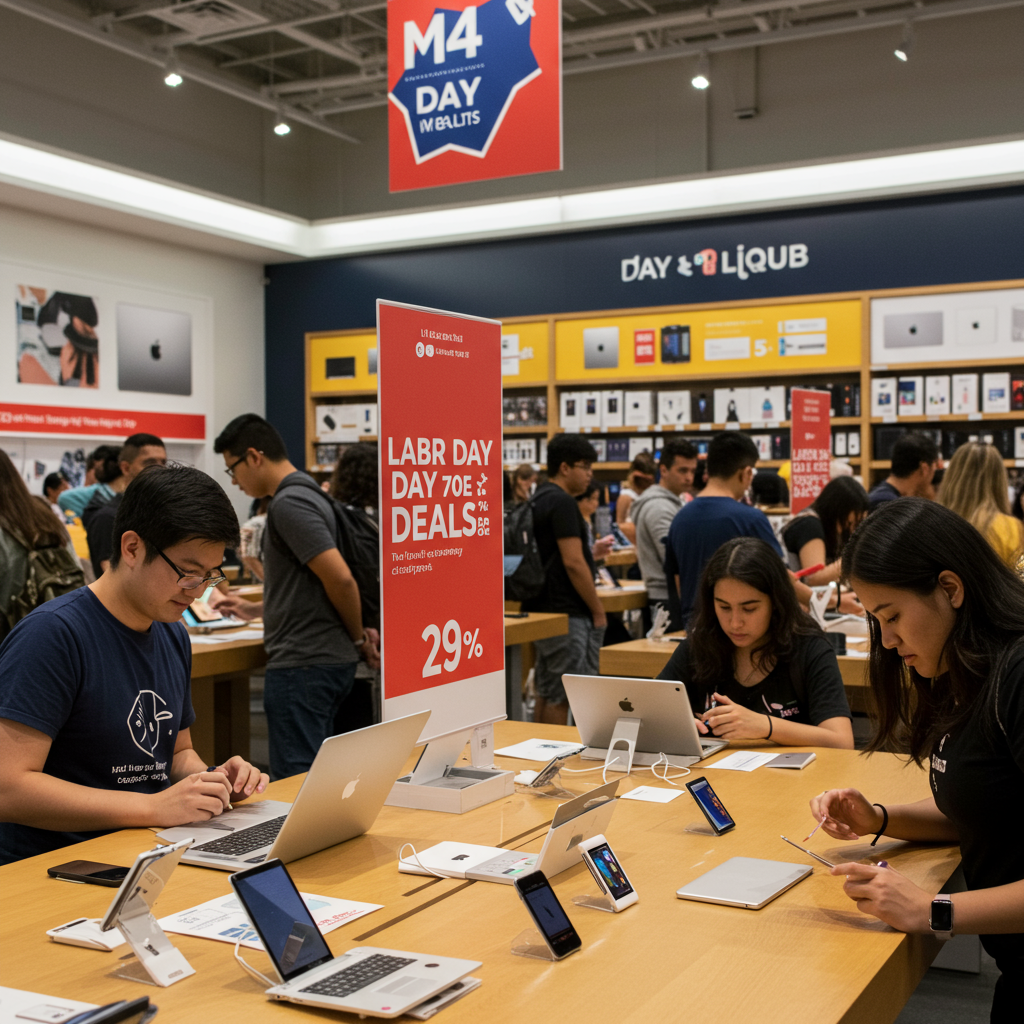The launch of the nintendo switch 2 was arguably the most anticipated gaming event in recent memory. Following the original Switch’s incredible run, fans eagerly awaited a more powerful successor. Portable gaming had evolved dramatically since 2017, with formidable handheld PCs like the Steam Deck and Asus ROG Ally entering the scene, raising expectations significantly. For players who prefer console gaming’s simplicity over dealing with PC complexities like multiple launchers, driver updates, and hardware optimization, holding out for Nintendo’s next move felt like the right choice.
After spending three solid weeks using the Nintendo Switch 2 daily, it largely lives up to the anticipation, yet it isn’t without its flaws. This period of extensive hands-on time has highlighted four standout features that truly impress and three areas that frankly need attention from Nintendo. Let’s dive into what makes this new hybrid console shine and where it stumbles just weeks into its life cycle.
Pro: A Design That Feels Like a True Evolution
Nintendo absolutely nailed the form factor with the original Switch. It was sleek, surprisingly lightweight (398g / 14 oz with Joy-Cons), and remarkably portable for having a 6.2-inch screen. While its hardware became dated, that core design remained brilliant. The smaller Joy-Cons weren’t ideal for everyone, but their detachability offered workarounds.
The Switch 2 builds upon this winning blueprint beautifully. It sports a larger, impressive 7.9-inch display with 1080p resolution. The included Joy-Cons are also noticeably bigger and more comfortable for adult hands. Crucially, Nintendo managed to increase the size of the screen and controllers without making the console any thicker than the original, successfully avoiding the bulkiness seen in some PC handheld rivals. The new magnetic connection for the Joy-Cons feels solid and durable, a significant upgrade over the older plastic rails. This refinement results in a device that feels excellent both in hand during portable play and when docked.
Con: The User Interface Feels Stuck in the Past
For all the advancements Nintendo made on the hardware side, the software experience, specifically the user interface, feels surprisingly stagnant. Booting up the Switch 2 presents a UI that is almost identical to the original Switch’s interface from 2017.
Compared to the dynamic and feature-rich interfaces of Xbox, PlayStation, or even Steam OS, the Switch 2’s UI is remarkably bland. It simply doesn’t reflect the significant leap in processing power the new console offers. Simple features expected in 2025, like custom home menu themes beyond basic light and dark modes, are still absent. The Nintendo 3DS offered stylish background themes back in 2014, making this omission on a much more advanced console feel baffling and dated right from the start. This lack of personalization is frustrating, especially since it seems like a relatively easy fix that players have requested for years. While the eShop has seen improvements, the overall UI desperately needs a modern refresh to match the hardware’s potential.
Pro: Finally, Performance Worthy of a Modern Console
After years tethered to 720p resolution and struggling to consistently hit 30 frames per second on the original Switch, the performance jump on the Switch 2 is truly exhilarating. Playing games at higher resolutions and smoother frame rates feels like stepping into the current generation.
The 1080p display provides ample sharpness for portable gaming, and many titles now run at a solid 60 fps. There’s even an option for 120 fps in certain games, although that might require sacrificing resolution. When docked, the console outputs at 4K, leveraging DLSS upscaling technology. To the eye, this looks fantastic, delivering crisp visuals even on large displays, a stark contrast to the often-jagged graphics of its predecessor. Witnessing demanding titles like Cyberpunk 2077 running smoothly (around 40 fps) on the Switch 2 is a genuine “wow” moment, demonstrating power that can even surpass some PC handhelds in specific instances. This level of performance finally realizes the potential of playing modern, graphically intensive games without major compromises.
Con: Questionable Screen Choice: LCD Over OLED
While the 1080p LCD screen is a noticeable upgrade from the launch model of the original Switch, the decision not to include an OLED display feels like a step backward for anyone accustomed to the 2021 Switch OLED model. Switching from a vibrant OLED with deep blacks and superior contrast back to an LCD would likely feel disappointing.
Nintendo likely opted for LCD technology to keep the manufacturing costs down, but this choice comes at a cost to the user experience. An OLED screen would have offered better HDR capabilities, enhanced contrast ratios, and potentially longer battery life during handheld play. The omission stings, especially with the strong possibility that Nintendo will release an OLED-equipped model down the line, forcing early adopters to either upgrade or feel like they missed out on the best version of the console.
Pro: GameChat is a Surprisingly Social Innovation
Initially, the concept of Nintendo’s new GameChat feature seemed gimmicky, but after experiencing it firsthand in games like Mario Kart World, it feels like a genuinely innovative step for social gaming. Unlike traditional online voice chat confined to individual players using headsets, GameChat utilizes the built-in microphones found in the new Joy-Cons and the updated Pro Controller.
This design allows everyone in a room to easily participate in the conversation while playing. Imagine family versus family matches where everyone on both sides can trash talk and celebrate together – it creates a uniquely social atmosphere. You can even add a visual element by using the Nintendo Switch 2 Camera or another USB-C webcam. This feature fosters a level of shared experience during online play that feels fresh and far more connected than typical headset-based communication. It transforms online gaming from a solitary activity into a communal one, feeling like the most social online experience available on any console today.
Con: A Disappointing Launch Lineup and Uncertain Game Strategy
Despite the hardware improvements, the Nintendo Switch 2’s initial software offering is a significant point of concern. The launch lineup felt surprisingly sparse in terms of compelling, brand-new first-party exclusives. Mario Kart World was the primary new title, and while its open-world concept is ambitious, some players found it lacked clear direction and could feel barren or stale quickly, especially for goal-oriented gamers.
Much of the remaining launch library consists of ports of third-party titles that have been available on other platforms for years, like Cyberpunk 2077 or Street Fighter 6. While the Switch 2 runs these games better than the original, they are often redundant for players who already own a PS5 or gaming PC, where these titles might look even sharper. Furthermore, PC handhelds now offer similar portable access to many of these third-party games. The absence of major, highly anticipated first-party sequels like a new Super Smash Bros. or Mario Odyssey 2 at launch feels like a missed opportunity to showcase the new hardware’s capabilities. Adding older Nintendo games like Tears of the Kingdom with performance enhancements, while appreciated, isn’t enough to carry a new system launch on its own. The future strategy also feels unclear for many upcoming indie games announced for “Nintendo Switch” without a specific “Switch 2 Edition,” leaving players wondering if they’ll be stuck with the original Switch’s 720p/30fps versions.
Pro: Exclusives Remain Nintendo’s Unbeatable Advantage
In an era where Xbox increasingly brings its titles to competing platforms and PlayStation ports many exclusives to PC, the Nintendo Switch 2 stands out as the primary console dedicated to unique, exclusive gaming experiences. For players who own multiple systems, having a console that offers games unavailable anywhere else is a major draw.
Knowing that the only place to play anticipated titles like Hyrule Warriors: Age of Imprisonment or Kirby Air Raiders is on the Switch 2 provides a compelling reason to own the hardware. This focus on exclusive first-party franchises has always been Nintendo’s strength, and it remains a crucial differentiator. For many, this factor alone makes the Switch 2 an easy purchase decision, unlike the more complex choice between owning, say, both a PlayStation and an Xbox in the future.
Optional Con: Annoying Download Speeds
While not a dealbreaker, the console’s download speeds can be frustratingly slow. Anecdotal evidence suggests that downloading even moderately sized games can take hours, feeling comparable to old dial-up speeds compared to the rapid downloads possible on other modern consoles using the same Wi-Fi connection. While this could be a temporary issue due to high server traffic during launch, it’s a noticeable practical annoyance for early adopters eager to jump into multiple titles.
Enhancing the Experience with Accessories
While the Switch 2 hardware offers significant improvements, the overall experience can be further elevated with key accessories. The new Nintendo Switch 2 Pro Controller is a worthwhile investment, offering superior ergonomics and adding useful customizable back buttons for a more comfortable TV mode experience. Given the base console’s lack of built-in ergonomic grips, a case like the dbrand Killswitch can significantly improve comfort during extended handheld sessions, even if it requires a dock adapter. Furthermore, the console’s increased 256GB base storage can fill up quickly with just a handful of launch games, making a compatible microSD Express card (note: older microSD cards are not compatible) essential for anyone planning to download multiple titles.
Frequently Asked Questions
What are the key design improvements on the Nintendo Switch 2?
The Switch 2 refines the original’s design by adding a larger, sharper 7.9-inch 1080p display and bigger, more comfortable Joy-Cons. Crucially, it achieves these size increases without making the console thicker than its predecessor, avoiding the bulk of some PC handhelds. The new magnetic Joy-Con connection also provides a sturdier feel.
Does the Switch 2 feature custom themes for the home menu?
No, unfortunately, the Nintendo Switch 2’s user interface is remarkably similar to the original Switch’s, offering only basic ‘light’ and ‘dark’ theme options. Despite player requests and even older Nintendo consoles like the 3DS offering more personalization, the Switch 2’s UI lacks custom themes, making it feel somewhat dated compared to competitor consoles.
How does the Switch 2’s screen compare to the Switch OLED model?
The Switch 2 uses a 1080p LCD screen, which is an upgrade from the 720p LCD on the original 2017 Switch model. However, it is considered a step down from the vibrant OLED display found on the 2021 Switch OLED model, which offered superior contrast, deeper blacks, and better color reproduction. Nintendo likely chose LCD to manage costs.
Conclusion
After three weeks of daily use, the Nintendo Switch 2 presents a compelling, albeit mixed, picture. Its hardware refinements, particularly the larger, sharper screen, improved Joy-Cons, and the significant leap in performance capable of running demanding modern games, deliver a true next-generation feel. The innovative GameChat feature offers a uniquely social online experience, and Nintendo’s continued commitment to exclusive first-party franchises remains a powerful draw unmatched by competitors.
However, the console is held back by a stagnant user interface that feels out of step with 2025 expectations, a questionable decision to stick with an LCD screen over OLED, and perhaps most critically, a launch lineup strategy that felt underwhelming due to a lack of major new first-party titles and reliance on older, multi-platform ports. Some practical annoyances like slow download speeds also temper the initial excitement.
Ultimately, the Switch 2 hardware is a fantastic foundation with immense potential. Whether it fully realizes that potential depends heavily on Nintendo addressing the current software and UI shortcomings and consistently delivering compelling, new first-party experiences and optimized third-party ports that truly leverage its power. For now, it’s a powerful hybrid console with brilliant highs and frustrating lows, offering a glimpse of the future while still feeling anchored to the past in key areas.




